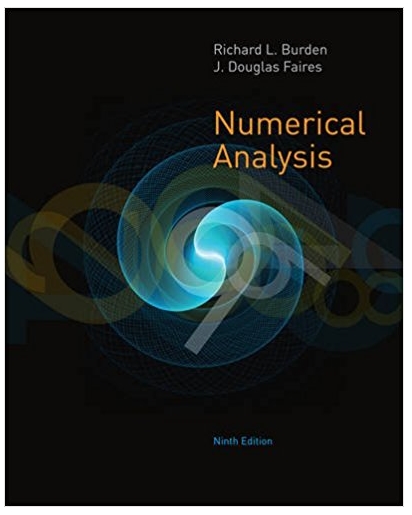Question
1. Using the modified Shepp-Logan phantom with dimensions 512512, implement a projection simulator which produces a sinogram of the phantom. Include 8-bit grayscale images of
1. Using the modified Shepp-Logan phantom with dimensions 512×512, implement a projection simulator which produces a sinogram of the phantom. Include 8-bit grayscale images of your mathematical phantom and the sinogram as figures.
2. Implement backprojection (BP) and filtered-backprojection (FBP) reconstructors which read in the sinogram and produce a reconstructed image. Include the reconstructions as figures.
3. How do different numbers of projection angles affect the FBP reconstruction? What if the acquisition covers less than 180◦ ? Add a small (one- or two-pixel) low-contrast target to the phantom. How is the target visibility in the reconstruction affected by the angular sampling? Is visibility affected by target location? Show some example images.
4. Add Poisson noise to the projections that contain your target (pixelby-pixel using an RNG). You must first scale the sinogram to model an appropriate number of acquisition counts. Test several count levels. The target and background structure should be neither completely obscured nor too obvious. Include a figure comparing some of the noisy sinograms.
5. Reconstruct the noisy sinograms using BP and FBP via iradon. For FBP, try using the ramp filter as well as one of the available regularization filters. How do count level and filter choice affect target visibility? Can visibility be improved by smoothing (i.e., Gaussian low-pass filtering) the reconstruction? Show the reconstructed images as figures and comment on your results.
Step by Step Solution
3.42 Rating (152 Votes )
There are 3 Steps involved in it
Step: 1
answer 1 A phantom is a known object either real or purely mathematical that is used for testing image reconstruction algorithms The SheppLogan phantom is a popular mathematical model of a cranial sli...
Get Instant Access to Expert-Tailored Solutions
See step-by-step solutions with expert insights and AI powered tools for academic success
Step: 2

Step: 3

Ace Your Homework with AI
Get the answers you need in no time with our AI-driven, step-by-step assistance
Get Started


